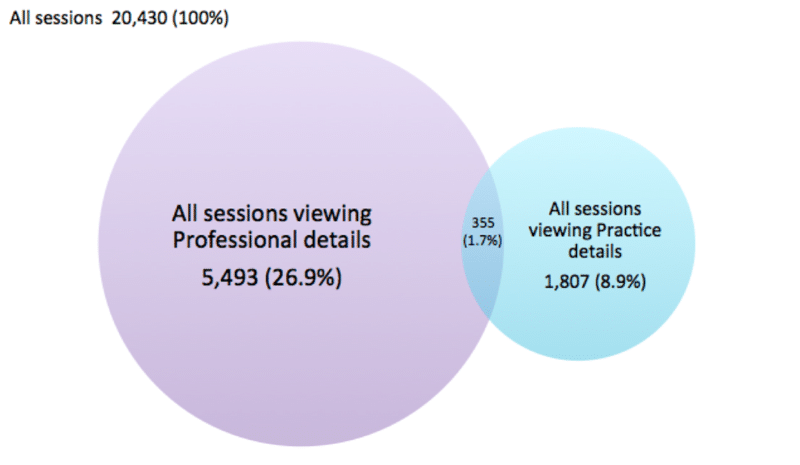We all – rightly – point at user research as the foundation of any good web project. Thorough user research equals focused and usable products, right? But what should we do if we can’t get to those users?
Over the years we’ve worked with a few clients where we just can’t seem to get any decent user input. In some cases (that I’ll come on to) we haven’t been able to get any at all.
So what’s the right approach?
Surveys
Surveys seem like the perfect panacea to the problem. We can get a lot of data and feedback for relatively little effort. Also, marketing departments can point to the large cohort of users that have fed into the process as validation for every decision that follows.
But I’m really not convinced. We’ve set up loads of surveys over the years and, generally, I think the results have been pretty poor.
Designing surveys isn’t that easy. The number and relevance of the questions are really important in a survey. Basically, you need to ask as few questions as you can and make sure that you can take action on the likely answers you’ll get.
But, even if you do that, I still don’t rate the responses you might get.
The main reason being that I don’t think “standard” users fill in surveys. Ask yourself “when do I ever fill in a survey?”. It’s either when you love the product/service/thing or when they’ve done you wrong. Otherwise you’ll just ignore any request to fill one in.
You’ll end up with a skewed design from your skewed results.
So, basing your new web build on the feedback from lovers/haters is probably not the best plan. You’ll end up with a skewed design from your skewed results.
I mentioned some of our clients where we couldn’t get any access at all to their users…
We work for a number of law firms and their main audiences are very senior people in large corporations. They’re not the kind of people who will happily spend half an hour doing some testing or filling out an online form. So what then?
Analytics
Analysing analytics data is something we can all do fairly easily, and it’s something we can do without talking to a single user.
We can look at popular/unpopular pages, pages of a particular type that do well over those that don’t, pages with high bounce rates etc and extrapolate user behaviour patterns from the data.
The big problem is untangling users’ actual interests and priorities from behaviours that are a consequence of website design. Revisiting the legal sector again, a key objective for many law firm websites is to demonstrate capabilities in areas of practice.

Counting the number of user sessions that include at least one page in a practice area might provide a good guide to the different levels of user interest in different practices, or it might reflect how effectively the site is or isn’t promoting different areas.
But, the major issue with analytics is we can only look at past behaviour. And, if you’re just starting your relationship with a client, that means you’re looking at their old, badly designed and organised site.
You can’t easily get a feel for what users would like to see, or what their ideal experience might be.
Sales people
This is where sales people, helpdesk, live chat – pretty much anyone who has direct contact with users – come into their own.
Anyone who has a relationship with customers/users will have valid opinions about what their requirements, likes and dislikes are. So make sure you interview them. However, I’ve found that this isn’t always as easy as it should be. Most senior people in organisations are very happy to be interviewed but sales people often think it’s a waste of their time.
Anyone who has a relationship with customers/users will have valid opinions about what their requirements, likes and dislikes are.
So insist. And also insist on meeting them face-to-face as you’re likely to keep finding that they can’t do a call because something more important has come up.
Trust your gut (gut = skill and experience)
I read a post by Andy Budd a while back where he had noticed that more and more clients were becoming, as he put it, ‘sticky note fatigued’. Without wishing to misquote Andy, what I took from the post was that in many cases we shouldn’t spend too much time on research; we should start prototyping and mocking up and storyboarding ideas that can then be tested.
In other words, use our skills as designers (and I use that term very broadly) to start the process as we are more likely to get useful feedback on something ‘real’ as opposed to asking potentially abstract questions.
Summary
So if you can’t speak or interact with any users then I think stakeholder interviews, especially if you can speak to people who have direct interactions with users, are the best route to useful feedback. I’m not that keen on surveys, but I do think that analytics can play a useful supporting role.
More and more though, I think that developing something real such as a prototype that is testable/reviewable early on in a project, will provide more genuine and useful feedback than a lengthy research-only phase.
